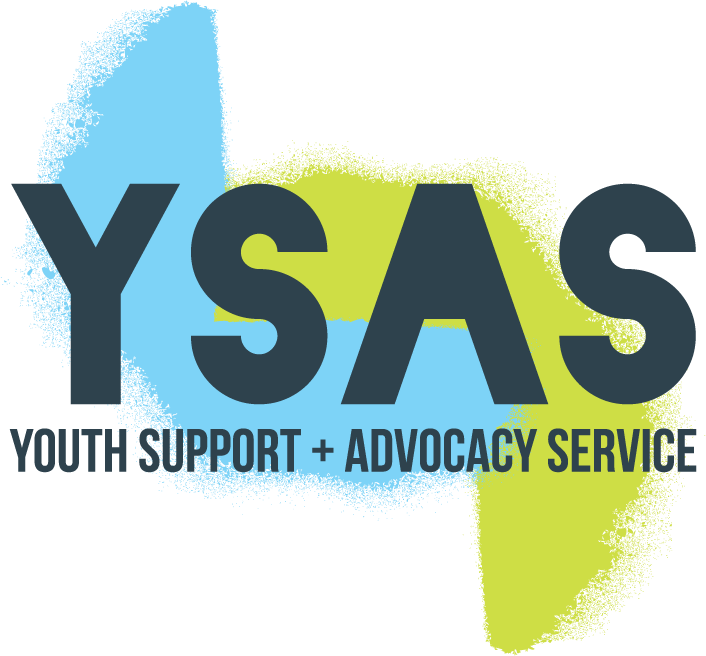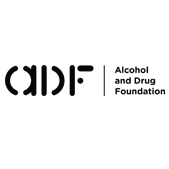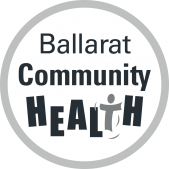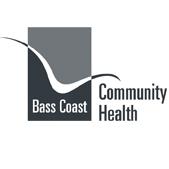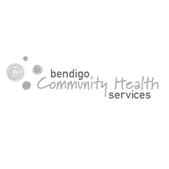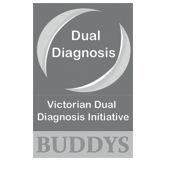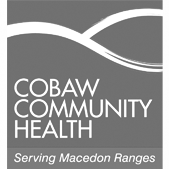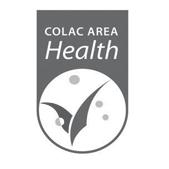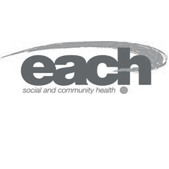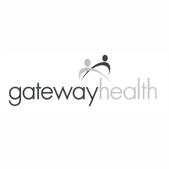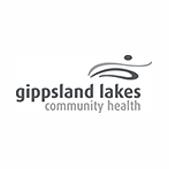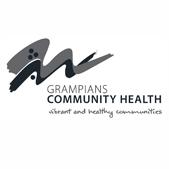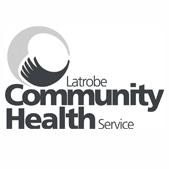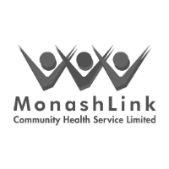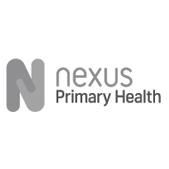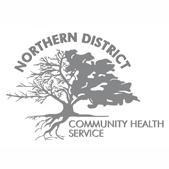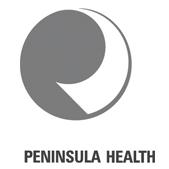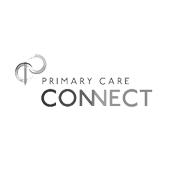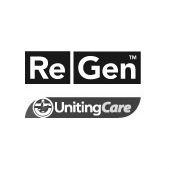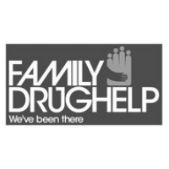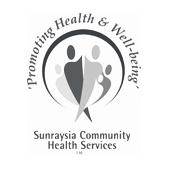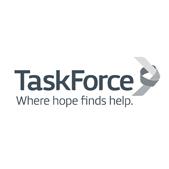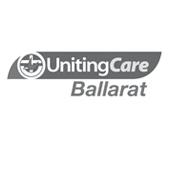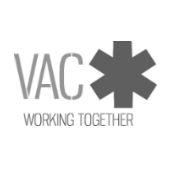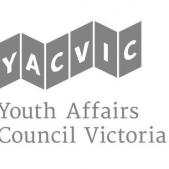Practice
Opinion: Ice crisis needs a smart and varied solution
The pitfalls of school drug testing, scaremongering and a 'one size fits all approach' to the complex issue of Meth use in Victoria.
THE ice crisis gripping many families in Victoria, covered in yesterday’s Herald Sun, is a classic example of drug market shifts driven by technological innovation that are far outpacing community responses.
Ice problems cause disruptions in all sorts of places, from prisons to schools, and I have listened to so many stories of families shattered by its devastating impact. One from a community forum we hosted was that of a teenager, raped at 16 by her school “mates”, who then developed an ice addiction. That led to drug debts, gangsters threatening her family, then sex work to fund her ice habit. A modern tragedy repeated with infinite variations.
The daughter of a prominent politician, charged with a murder last year supposedly involving ice, proves that high-grade crystal methamphetamine is not just a problem for people living on the margins. Ice affects everyone.
The Victorian Parliament’s Crime Prevention Committee investigated the issue and released a 900-page report last year with 54 recommendations. It is complex because there is no silver bullet solution. But there are things we should and should not do.
Common sense tells us we shouldn’t put all our eggs in one basket. The central answer to ice is not more arrests. Cannabis accounts for more than 60 per cent of drug-related arrests in Australia, yet cannabis use remains steady.
Despite record seizures, Assistant Police Commissioner Steve Fontana reminded us, “we’ve got a glut of drugs out there”. As senior police have said, “we’re never going to police our way out of the drug problem in Victoria”.
There is no shortage of local or international players wanting to supply Australia’s lucrative illegal drug market to reap profits in the billions. It gets back to attitude and demand in our community and we must rethink attitudes about drug use, particularly high-purity meth. Unfortunately, the governmental “just say no” approach has been a failure wherever it has been tried. Young people often go through periods of experimentation and rebellion. Simply saying “no” can be reason enough for some to just say yes. And over-dramatising negative consequences is likely to be seen as scaremongering by those at risk or actually using.
We mustn’t use a hammer to crack a nut. Mandatory drug testing in schools is tempting but would be an expensive folly. There is no evidence it would reduce harm but in fact can cause harm, expensively distracting us from effective approaches.
Typically, higher rates of drug use are found among poorer academic performers and adolescents facing issues outside school. Addressing those factors first is a more effective means of helping students at risk and doesn’t require them to be coerced into programs with the potential to further marginalise them.
The internet is awash with information on how to make and consume ice and how to avoid a positive drug test, including changing drug type and use habits — and drug tests are not always accurate, so a student whose drug use is not detected in testing could miss out on a positive intervention due to over-reliance on testing.
The use of observable indicators of risk means students who are yet to engage in drug use, or whose early experimentation has not been detected, could be identified as being at risk and given appropriate support. That approach has the advantage of not requiring the student to undergo a potentially humiliating experience and feel resentment towards school. A school environment that is building resilience has better academic performance and general wellbeing. Indeed, a recent study in the Journal of Studies on Alcohol and Drugs reported that drug testing had no impact on reducing drug use but cultivating a positive school climate did.
Well-crafted, tested messages that at least recognise people do take drugs will be more credible than those that don’t — especially if messages include guidance to help people better care for themselves.
The Penington Institute has spoken to thousands of Victorians concerned about ice. We need an approach that operates at different levels. The public should know the basics and know where to find more information if they need it.
At the community level, such as a rural town or school community, parents and children should have access to reliable information and pathways to address their issues.
For casual users, we need realistic and in-depth information, including the risk of dependence. This is a perfect place for primary health, police and local community to work together.
Ice addiction will change your life but although recovery is very difficult it’s possible. With help and support the chances of rebuilding your life increases. Police and courts, prisons and health services must work with each other to provide this help and to nudge people in the right direction.
Smart, informative and compassionate education and early interventions are needed, but it can’t be one size fits all. We need targeted approaches for individuals, parents, businesses and the broad community.
John Ryan is CEO of the Penington Institute, this piece was first published in the Herald Sun on 15th January 2015 and is reprinted with the authors kind permission.




